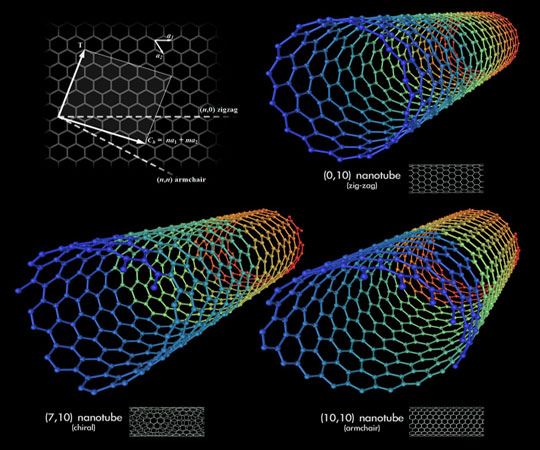Harvard University engineers on October 12 said they have developed nanostructured materials that do not allow water droplets to stick before they have a chance to freeze.

Applications of Nano technology. (Artwork: Internet)
The invention could revolutionize the industry and build such aircraft wings, buildings, fuel pipelines and a freeze-covered highway even inside. The coldest weather conditions.
New technology provides a more effective and sustainable solution than conventional solutions such as chemical coating, salting and heating equipment.
The mechanism that scientists at Harvard apply to is prevention and prevention rather than dealing with ice. Professor of Materials Science, Joanna Aizenberg , said: ' The freezing process begins with free water particles in the air coming into contact with the surface. However, very few people know what happened when these droplets came into contact with the surface at low temperatures . '
Scientists have shown high-speed videos that record moving images of ultracold water droplets touching the surface so viewers have a comparative look.
When cold water particles come into contact with a nanostructured surface, it initially spreads out but then the process is immediately reversed, the water particles shrink into spheres and fall off the surface of the material before frozen. On the contrary, with normal surfaces, water particles continue to spread, spread and freeze.
Professor Aizenberg said: ' We realize that such a problem approach is critical to quickly creating the necessary and fundamental change in antifreeze technology .'
Compared to defrosting or replacement methods such as salting or heating, the new approach uses nanostructured materials that are quite efficient, non-toxic and environmentally friendly.
 Daily use inventions come from universities
Daily use inventions come from universities Special weight loss device helps prevent appetite
Special weight loss device helps prevent appetite 8 inventors were killed by their own inventions
8 inventors were killed by their own inventions Iran invented a motor car powered by water
Iran invented a motor car powered by water